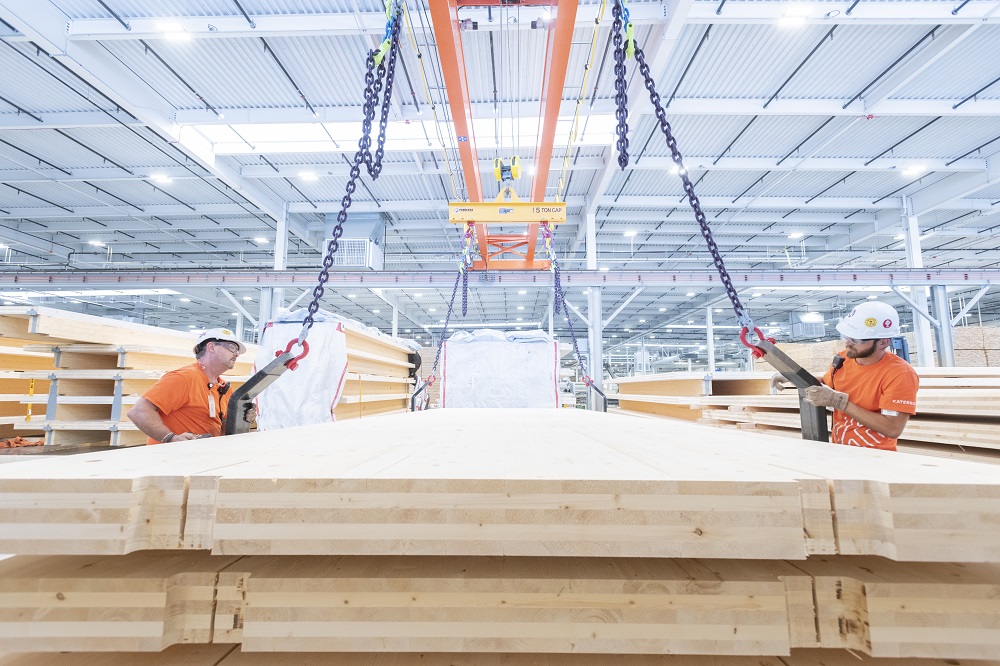Billions of dollars are spent by cities and countries to prepare for summer and winter Olympics. Many stadiums, housing and other infrastructure are built to not only be able to handle the games, but also the enormous amount of people that will eventually inhabit the city for a few weeks. But, that’s just it, it’s only for a few weeks. What happens after the games are over and there’s no longer a need for an International Broadcast Center or a handball venue? In the past, the answer has been to let the area rot away and be a hotbed of vandalism, but Rio has taken a different approach.
The City of Rio de Janeiro and Brazil took a lot of heat for unfinished facilities, polluted waterways, down to the wire infrastructure finish dates, as well as a high number of construction worker fatalities during preparation before the games began. However, city officials and designers made an extremely smart decision when they decided to design the facilities using a concept called “nomadic architecture.”
Nomadic architecture allows the parts and pieces of the Olympic buildings to be easily dismantled and reused on other projects, effectively recycling the buildings. Several buildings used for the 2012 London Olympics also used this nomadic concept, but Rio has taken it to the next level. AECOM, who designed the Olympic structures in Rio, also created the master plan for London. The Future Arena and the Olympics Aquatic Center are the only true “nomadic” structures, out of the 30 total buildings, says Wired, but the others will be dismantled and the parts repurposed.
The city already knows exactly how the disassembled parts will be used in the future, too. The Olympic Aquatic Stadium will transform into two smaller pools in a different area of the city. Many of the building components from the Future arena will be used to build four schools. The broadcast center will be repurposed into a high school dormitory for gifted athletes.
It’s a positive sign that Olympic officials and host cities are beginning to understand the importance of sustainable and reusable structures. It hasn’t always been this way, even within the past decade. Beijing’s National Park, which housed the 2008 games, still stands as a tourist attraction and costs roughly $11 million a year to maintain, according to NPR. The Olympic Park in Athens, 2004’s host, lies abandoned and in a state of ruin (pictures here via The Guardian). The Bosnian Conflict in the early 90’s saw the 1984 Winter Olympics site used as an artillery launch position, according to WSMV in Nashville.
Full Story: After the Games, Rio’s Stadiums Won’t Rot—They’ll Transform | Wire











Like most of the other electric machines that have been announced previously, Volvo promises that this midsized, 14 metric ton excavator will have the same performance as a similarly sized diesel version. The X03 is currently in the concept stage, so Volvo does not have immediate plans to bring it to market, but it shows the possibilities that electronics on heavy machinery can allow for.